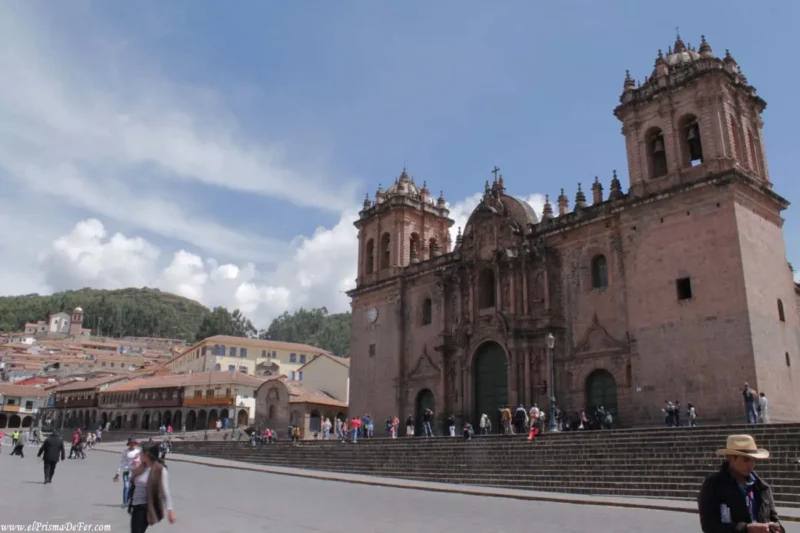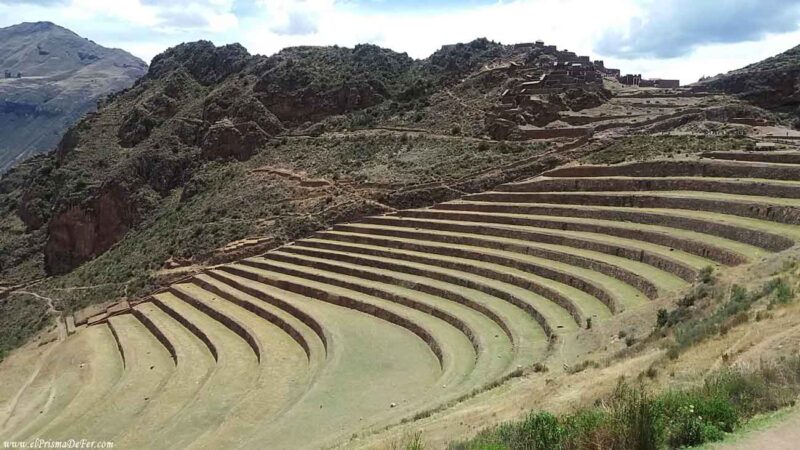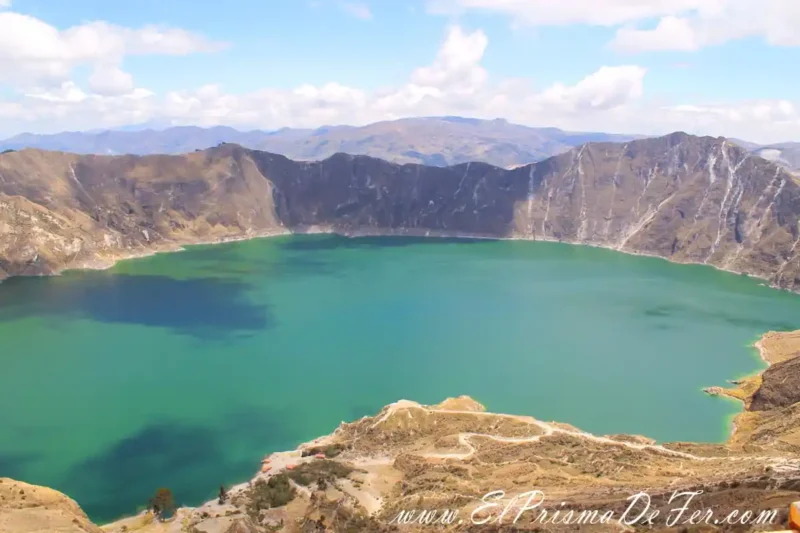Traveling to Peru is an experience that combines history, culture, and nature in a unique way. In just a few days, you can explore charming colonial cities, delve into the legacy of the Incas, hike through mountain landscapes, and discover traditions that live on in the daily lives of its people.
With this 2-week itinerary for Peru, I want to share how I organized my trip, the places I visited, and some practical tips that can help you plan your own trip.
From Lima, the tour continues through Arequipa and the imposing Colca Canyon, before arriving at the ancient capital of the Inca Empire, Cusco. There, you'll explore the Sacred Valley and, as a grand finale, visit one of the New Seven Wonders of the World: Machu Picchu. An itinerary designed to make the most of each day and enjoy the journey.
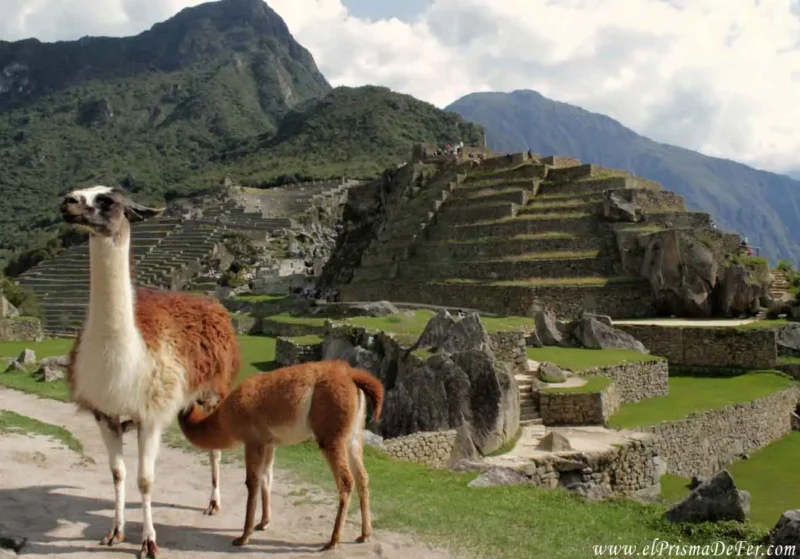

Table of Contents
What to visit in Peru
Peru is a country that surprises with its diversity. From cities steeped in history to high mountains and vibrant jungles, the country offers options for every type of traveler. These are some of the most popular and recommended destinations to include in a two-week itinerary:
Lima
The capital is often the entry point into the country. Its historic center is full of colonial architecture, while neighborhoods like Miraflores and Barranco offer a more modern and bohemian feel.

Additionally, Lima is recognized as one of the culinary capitals of South America, ideal for trying ceviche and other Peruvian dishes.
Cuzco
The ancient capital of the Inca Empire is a unique city, with cobblestone streets, colonial churches, and archaeological remains intertwined at every corner.
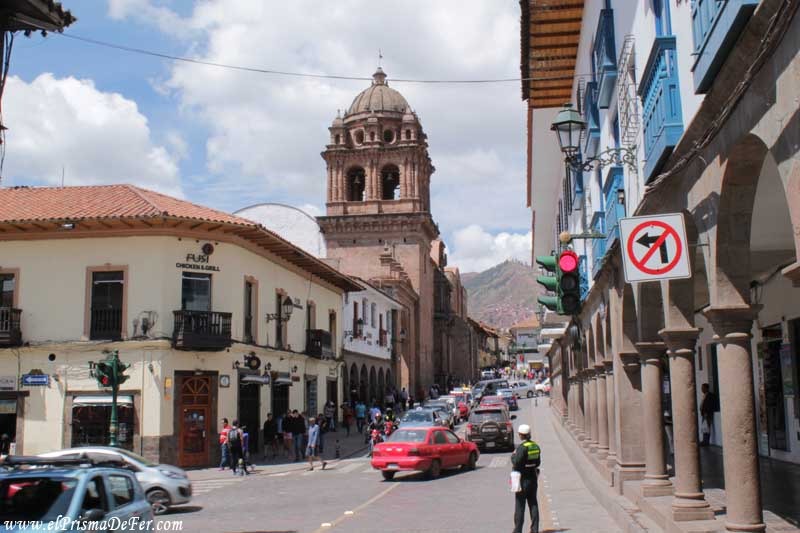
Cusco is also the gateway to the Sacred Valley and Machu Picchu, making it an essential stop.
Sacred Valley of the Incas
Just a few kilometers from Cusco lies this valley filled with ruins, agricultural terraces, and living villages.
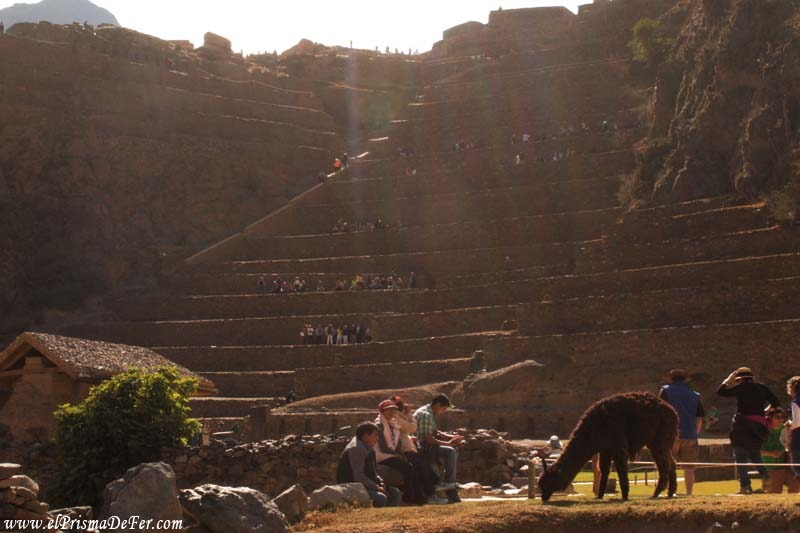
Highlights include Pisac, Ollantaytambo, Chinchero, and the famous Maras salt mines. It's a place where the Inca legacy can be felt in every landscape.
Machu Picchu
The jewel of Peru and one of the most visited sites in the world. Declared one of the 7 Wonders of the Modern World, this Inca citadel lost in the mountains is an experience everyone should experience at least once in their life.
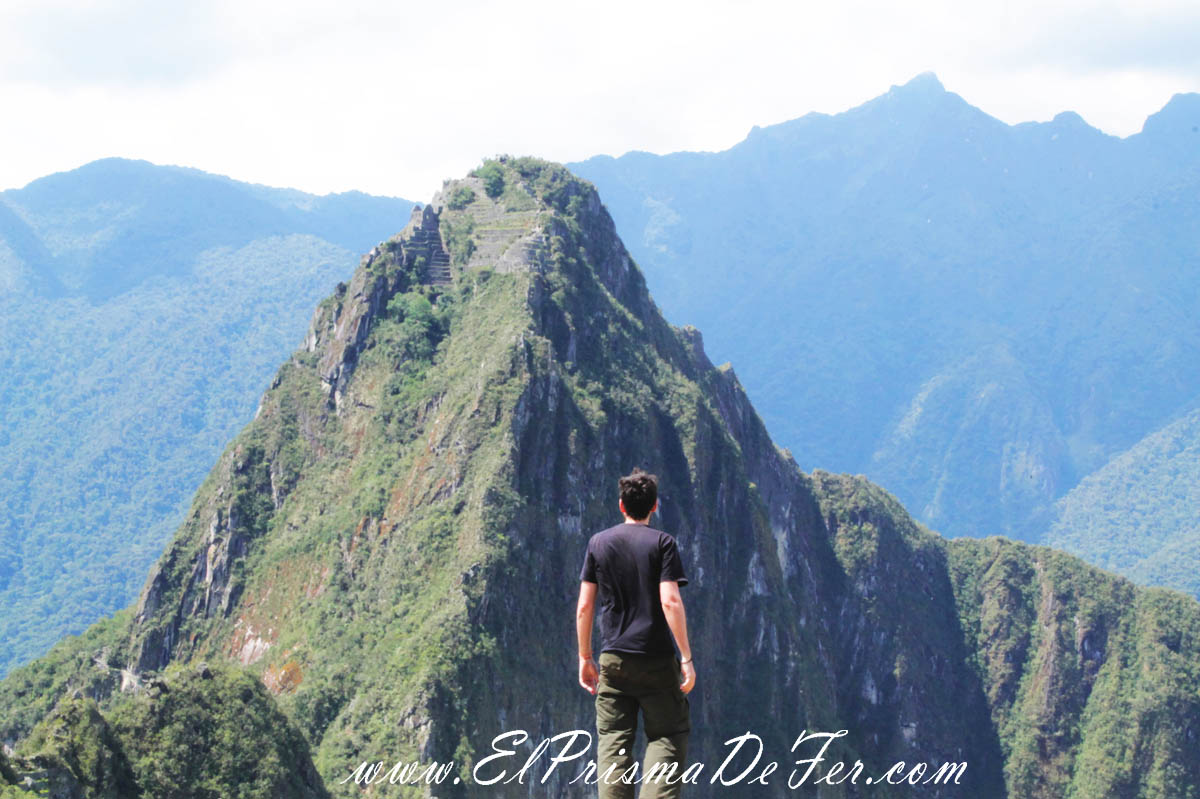
Lake Titicaca
Located at over 3,800 meters above sea level, between Peru and Bolivia, it is the highest navigable lake in the world. On the Peruvian side, you can visit Puno and the floating islands of the Uros, where communities still live and preserve their ancestral customs.
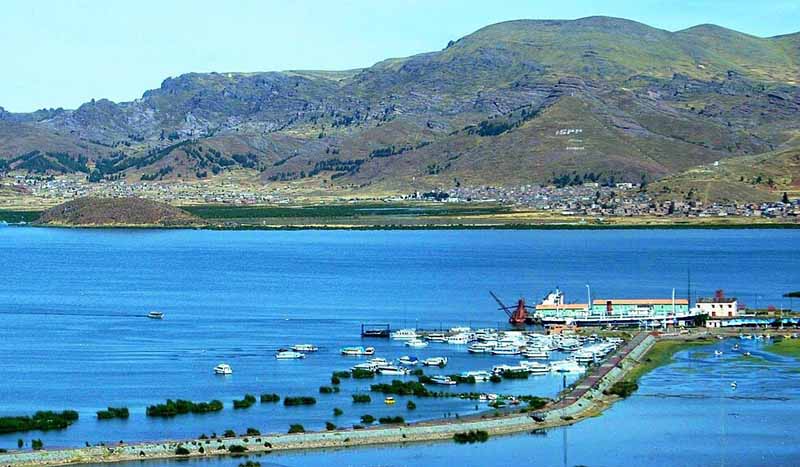
Arequipa and the Colca Canyon
Arequipa, known as the “White City,” stands out for its colonial architecture built from volcanic ashlar and the Monastery of Santa Catalina.
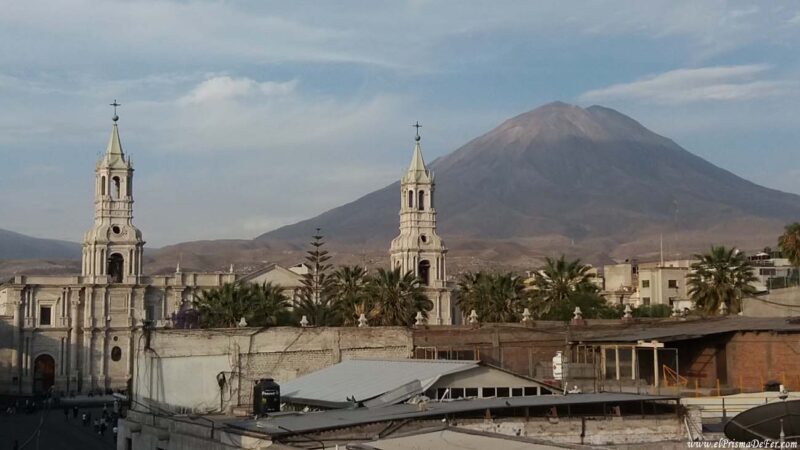
From here you can also visit the Colca Canyon, famous for being one of the deepest on the planet and for the chance to see Andean condors in flight.
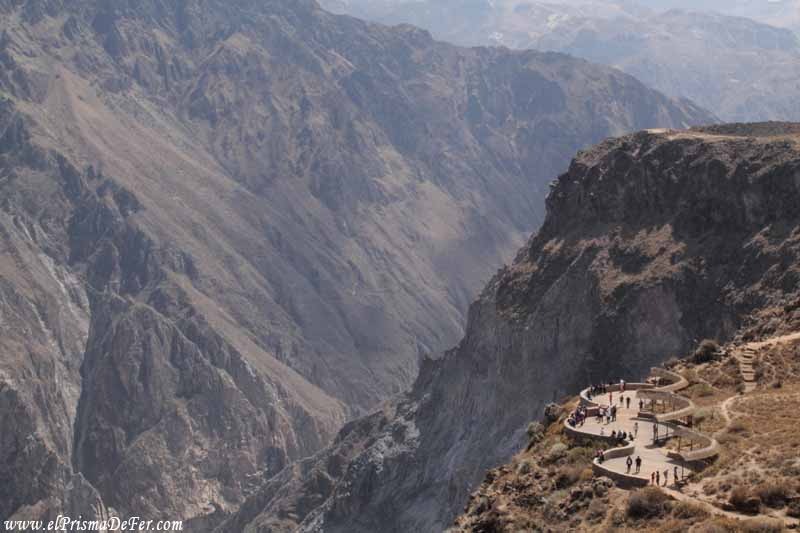
Nazca
In the middle of the desert, the enigmatic Nazca lines remain one of humanity's greatest archaeological mysteries.
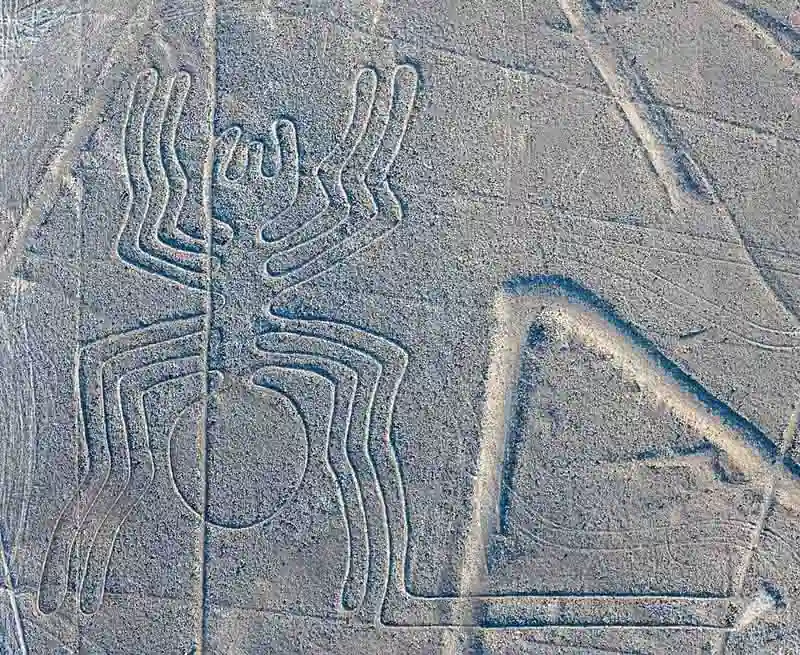
They can be best observed from a small plane, although there are also ground-based viewing points for some of the figures.
Ica and Huacachina
Just a few hours from Lima, the city of Ica is famous for its pisco wineries. Nearby is Huacachina, an oasis surrounded by sand dunes, perfect for sandboarding or exploring the desert in a dune buggy.
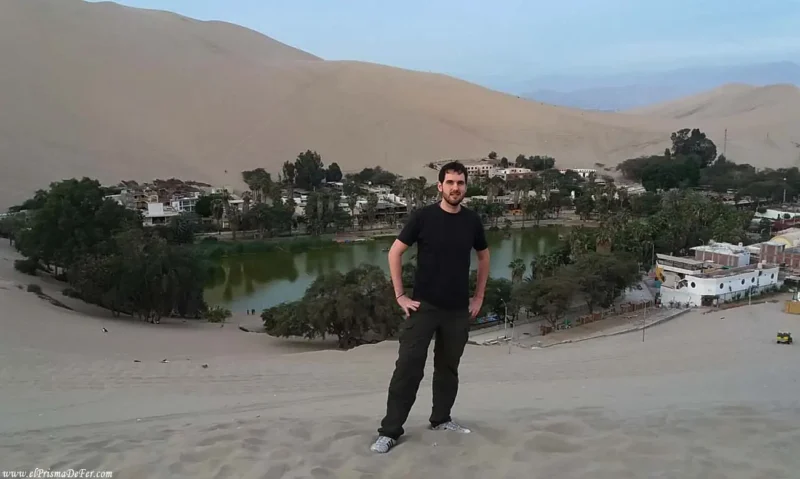
Amazonas (Iquitos or Puerto Maldonado)
The Peruvian jungle is a world apart. Iquitos, accessible only by plane or boat, offers a complete immersion in the Amazon, while Puerto Maldonado is an ideal base for exploring nature reserves like Tambopata.
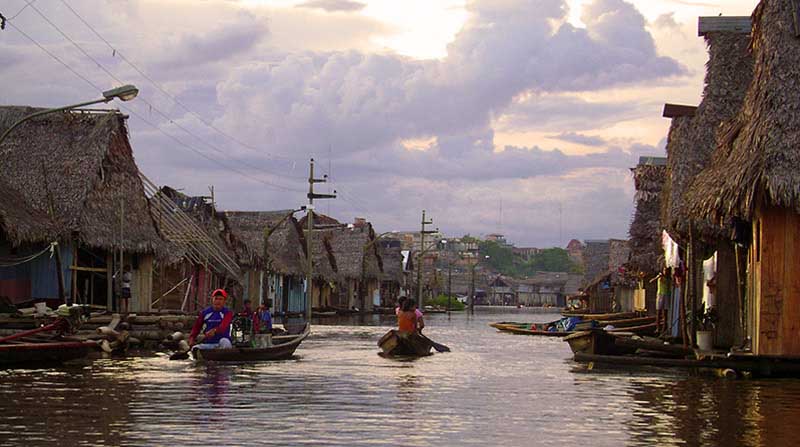

What I liked most about my trip to Peru
Throughout my trip to Peru, there were places and moments that I want to highlight, as I still remember them with great emotion.
Trekking through the Colca Canyon
One of them was the two-day trek through the Colca Canyon. Hiking through those stunning landscapes, surrounded by mountains, with the chance to see condors flying free, was one of the most intense adventures of my trip. The effort was worth it, and doing the tour through the canyon independently was a unique experience.

Cuzco and the Sacred Valley
On the other hand, both Cusco and the Sacred Valley became unforgettable places. This is where the Inca legacy is most felt, among cobblestone streets, majestic ruins, and landscapes that transmit a very special energy. Each site has its own history, and exploring them was like taking a trip back in time.
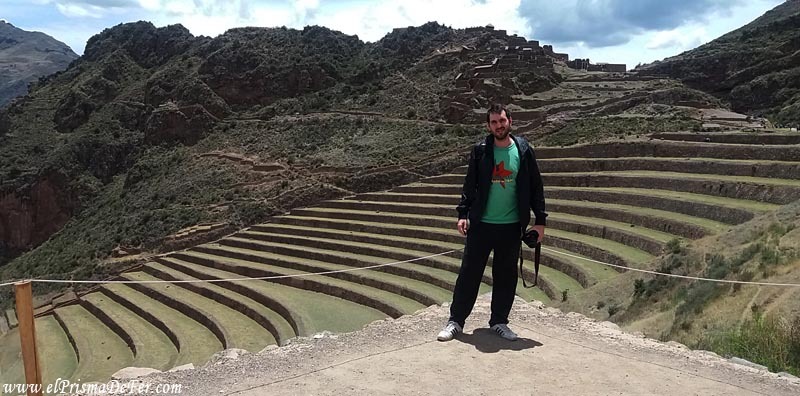
Machu Picchu
And, of course, Machu Picchu was the icing on the cake. Beyond all the fame that surrounds it, standing in front of that citadel lost in the mountains was a unique moment, one of those that you remember for a lifetime. It is a place that excites, that impacts and that undoubtedly justifies a trip to Peru on its own.


2 week Peru itinerary details
The trip began in Lima, the country's capital, where I spent two days exploring its main attractions. The historic center, with its colonial churches and plazas, is ideal for a first look at Peru's history.
But what I liked most was the Miraflores neighborhood, with its boardwalk facing the Pacific and a modern atmosphere that contrasts with colonial Lima.
On my way south, I made a brief stop in Huacachina, the famous oasis in the middle of the Peruvian desert. Although I only stayed for half a day, it was a fascinating place to visit, surrounded by enormous dunes that invite you to go sandboarding or go buggy riding.
Then I arrived in Arequipa, a city with one of the most colonial centers I've ever been to. There I spent two days exploring the streets built from volcanic ashlar, visiting the Monastery of Santa Catalina, and, what I liked most, admiring the impressive view of the volcanoes that overlook the city, such as Misti and Chachani.
From Arequipa, I took a bus to Chivay, the gateway to the Colca Canyon, to begin a two day independent trek. The hike was challenging but enjoyable, descending to the bottom of the canyon and spending the night in the Sangalle oasis, surrounded by nature. It was one of the most interesting experiences of the entire trip.
From Arequipa I took a 12-hour night bus that would take me to my next destination, Cuzco, the ancient capital of the Inca Empire.
I spent three days exploring the city, its cobblestone streets, temples, and plazas steeped in history. I also took the opportunity to visit nearby sites like Sacsayhuamán, enjoying the Inca heritage that permeates every corner.
I spent two full days exploring the Sacred Valley on my own, visiting Pisac and Ollantaytambo, two of the most impressive sites in the region. It was a tour that allowed me to see not only Inca ruins, but also incredible landscapes and traditional villages.
Finally the great moment of the trip arrived: Machu Picchu. I decided to arrive via the alternative route of Hidroelectrica, walking to Aguas Calientes, where I stayed two nights.
The visit to the Inca citadel was as exciting as I had hoped, an unforgettable experience that marked the perfect end to my trip through Peru.
After the visit, I returned to Cusco and from there I took a flight to Guayaquil, the starting point of my next adventure: 15 days traveling through Ecuador.
Support The Prism of Fer!
Your support helps me continue creating free content on the blog. Thank you so much!



